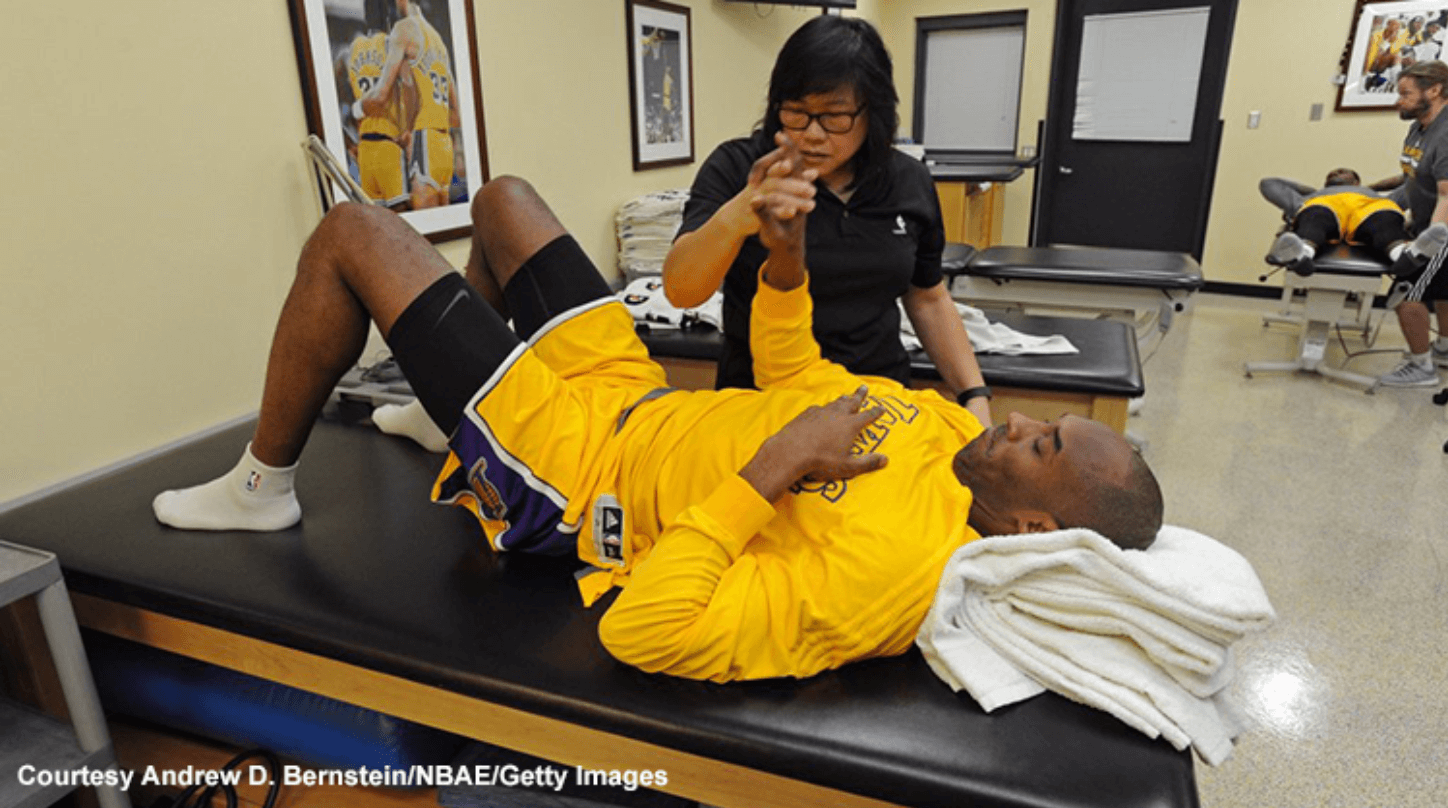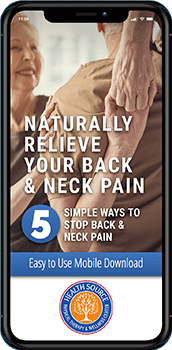There are a number of myths surrounding what is physical therapy and who can benefit from it. Here is a short list of these myths:
-
I need a referral to see a Physical Therapist – This Myth has been busted!
-
Physical Therapy is only for people who don’t exercise (We’re tackling this one today!)
-
Physical Therapy is only for people after surgery
-
No Pain, No Gain… Physical Therapy has to be painful
-
Physical therapy is only for senior citizens
-
And, more!
So, let’s get started by busting another myth right now!
MYTH #2: “Physical Therapy is only for people who don’t exercise/work out…”
The reality is that all of us are athletes at some level.
If you’re a stay-at-home Mom, then you’re an athlete. It isn’t easy to keep up with all the kids AND attend to other needs.
If you’re a teacher, then you have to be able to stand, walk, use your hands to demonstrate concepts, etc… you are also an athlete.
If you work in a factory or in the construction industry, then you are undoubtedly an athlete who has to keep up with the physical demands of repetitive work.
If you’re a parent, then you are an athlete.
IF YOU HAVE A BODY, THEN YOU ARE AN ATHLETE.
WHEN YOU GET UP FROM A CHAIR YOU PERFORMED A SQUAT.
WHEN YOU CLIMB STAIRS YOU PERFORM STEP-UPS.
WE ARE ALL ATHLETES.
Just because you aren’t participating in sports doesn’t mean that you aren’t participating in the physical challenges of life. Address limitations that keep you from being your best are essential to living a full and healthy life. These limitations could be pain, difficulty moving, old injuries coming back to haunt you, or even fear of movement.
This misconception exists because of (at least) 2 misperceptions:
-
One misperception is that if you are individual who exercises, then you don’t need PT.
This is obviously untrue. Many athletes have personal Physical Therapists, and almost all professional sports teams have physical therapists on staff. Yeah, that’s right… even people who exercise for hours on a daily basis incorporate Physical Therapy into their healthy routine.
For the rest of us non-professional athletes… First, congratulations on prioritizing your health and fitness! Exercise is an important component of living a healthy life.
Sometimes, on your journey to a healthier version of yourself, life throws you a curveball and you end up with some aches & pains, or – even worse – an injury that limits you from being as active as you’d like to be.
This is when things change a bit.
Doing your usual exercise routines may not help, or even worse, it may increase your pains. It’s time to get things evaluated carefully so that you can return to exercising again. Get thoroughly evaluated, hands-on care, education to feel & stay better, and specific exercises intended to address your particular issue.
-
The misperception that Physical Therapy is simply a series of exercises – some sort of insurance-covered circuit training.
Yes, exercises are a part of physical therapy… BUT it’s only ONE part of Physical Therapy! Research shows that the combination of exercise AND manual therapy AND patient education is often the most effective treatment plan for a variety of musculoskeletal injuries.
An efficient Physical Therapy experience should include a comprehensive evaluation, education, some helpful hands-on care, retraining of new & non-painful movement, and specific exercises that address your particular issue.
Bottom line: every body can benefit from less pain/discomfort, better movement, and greater experience in their own bodies. And yes, even professional athletes (who exercise a lot!) can benefit from PT.
Click on the the pic below to check out Kobe’s secret weapon – his personal Physical Therapist, Judy Seto – in her short interview with the American Physical Therapy Association.
Ready to get started? Call 517-647-1000 to find out if we are the right fit for each other. You can also get started telling us a bit about your story here.
Stay tuned for busting Myth #3 of Physical Therapy next week!
At Health Source, we help people avoid unnecessary surgeries (shoulder, hip, knee, low back, etc.). We also help rehab individuals who have had surgeries so that they can maximize their recovery and enjoy life again.
Our specialized clinicians look at your body through the lenses of Mechanics (how are things moving), Neuromuscular Engagement (how efficiently your muscles are working), and Motor Control (coordinating your body so that you can get back to doing what you want to do). This involves comprehensive evaluations, hands-on care, education, movement re-training, and individually tailored exercises to help you fully recover.
CONNECT WITH US TO FIND OUT HOW WE CAN HELP YOU





